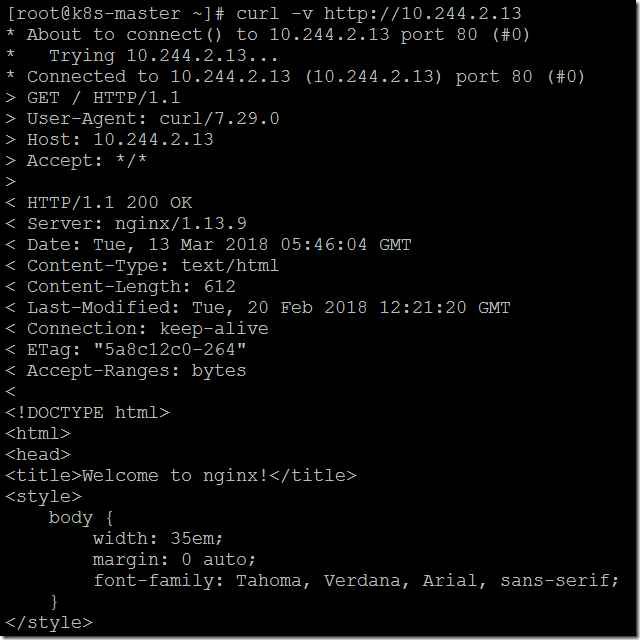
How to create the POD in K8s?
In this blog, we will show you the steps to create your first POD in Google Kubernetes Environment.
Requirements
- 2 Node Cluster ( 1 Master VM with 2 Nodes)
- Kubernetes Components
Infrastructure overview
- Firstly, we need to install and configure the 2-node cluster in our environment. We had already installed and configured the 2 Node cluster in our demo environment. To learn more check our blog post.
Working with PODs
- The smallest unit of scheduling in the kubernetes world is POD.
- PODs can contain one or more containers.
- We deploy a POD in a cluster using the manifest file.
- We provide the manifest file to the API server. It will be scheduled to deploy in a node. Based on the manifest file, the POD will have one (or) more containers.
- irrespective of how many containers are inside a POD, the POD will get only a single IP. It’s like one IP to one POD relationship.
- Every container inside a POD shares a single Network Namespace.
- All the containers inside POD share the same CGROUP Limits, Volumes, Network and IPC namespaces.
Inter POD Communication
- All the POD addresses are fully routable on the POD Network.
- Every POD gets its own IP and it’s routable to that Network.
- PODs can communicate with each other without any port mapping.
Intra POD Communication
- Inside the POD, the multiple containers will communicate through a shared local network interface.
- The containers will be available outside the POD by exposing them through ports.
- Two containers cannot use the same port.
- Pods will either run as fully functional (or) it’s down completely.
POD Lifecycle
- First, we will create a manifest file (YAML or JSON) about POD and container information.
- Provide the manifest file to the API server and it will get scheduled to a node.
- Once it’s scheduled, it goes into a Pending state. During this time it will be downloading the images and files.
- It will be in a pending state till all the containers are up and running.
- After the containers are up and running, They change to a running state.
- Once it’s completed its job, it changes the status to succeed.
- If it’s holding on to a pending state (or) Crashed for a long time, then it will be changed to a failed state.
- We cannot bring back the death POD. Need to replace them with a new one.
Creating a Manifest file
- Log in to the Kubernetes master server through Putty.
- Create a new manifest file using the vi editor.
Note: We are using the YAML type to create the manifest files
- We are using the Ngnix image for this demo purpose. Add the below code in the YAML file.
apiVersion: v1
kind: Pod
metadata:
name: hello-pod
labels:
zone: pod
version: v1
spec:
containers:
- name: hello-ctr
image: nginx:latest
- Save and close the file.
Note: Make sure that the manifest will be on right YAML format. Or else, it will show the error during POD deployment.
Deploying the POD
- From the shell, use the below command to create a pod.
kubectl create -f pod.yml
- A new POD will be created in a few seconds.
- We can get the PODs status using the below command.
kubectl get pods
- You can also get the POD events information through the describe command.
kubectl describe pods <pod name>
- You can find the POD IP using the wide option.
kubectl get pods -o wide
- We can able to browse the container using the POD IP inside the cluster.
curl -v http://<Pod IP>
Video Tutorial
Thank you for taking the time to read our blog on “How to create the first POD in kubernetes?“. We hope you found the information valuable and insightful. If you find any issues with the information provided in this blog don’t hesitate to contact us (info@assistanz.com).
Optimize your kubernetes and never lose a valuable customer again!
Our mission is to ensure that your containers remain lightning-fast and protected at all times by monitoring and maintaining it 24×7 by our experts.
Related Post
Steps To Run A POD In A Selected Node In The Kubernetes
How to access the POD from outside the K8s cluster?









